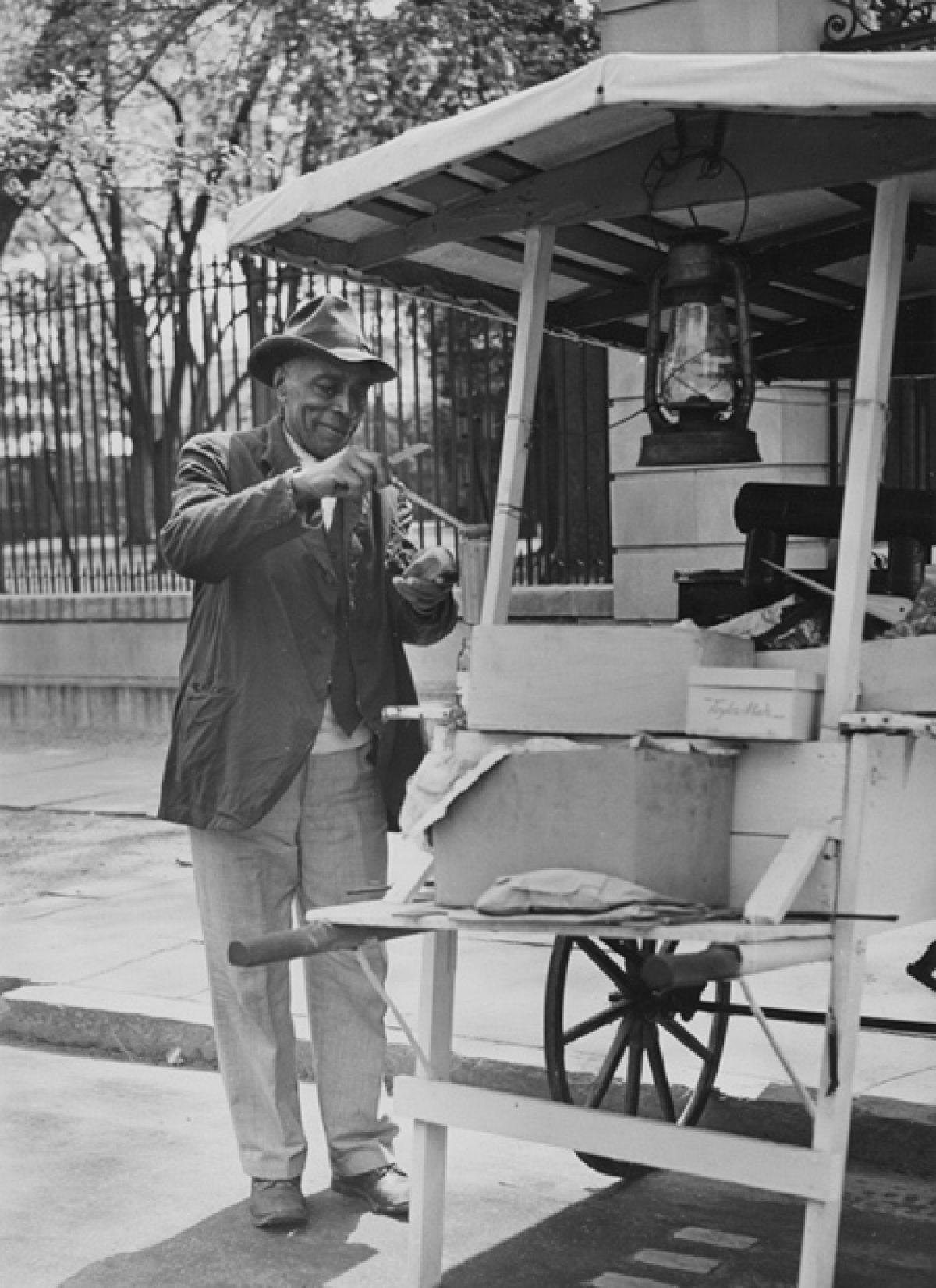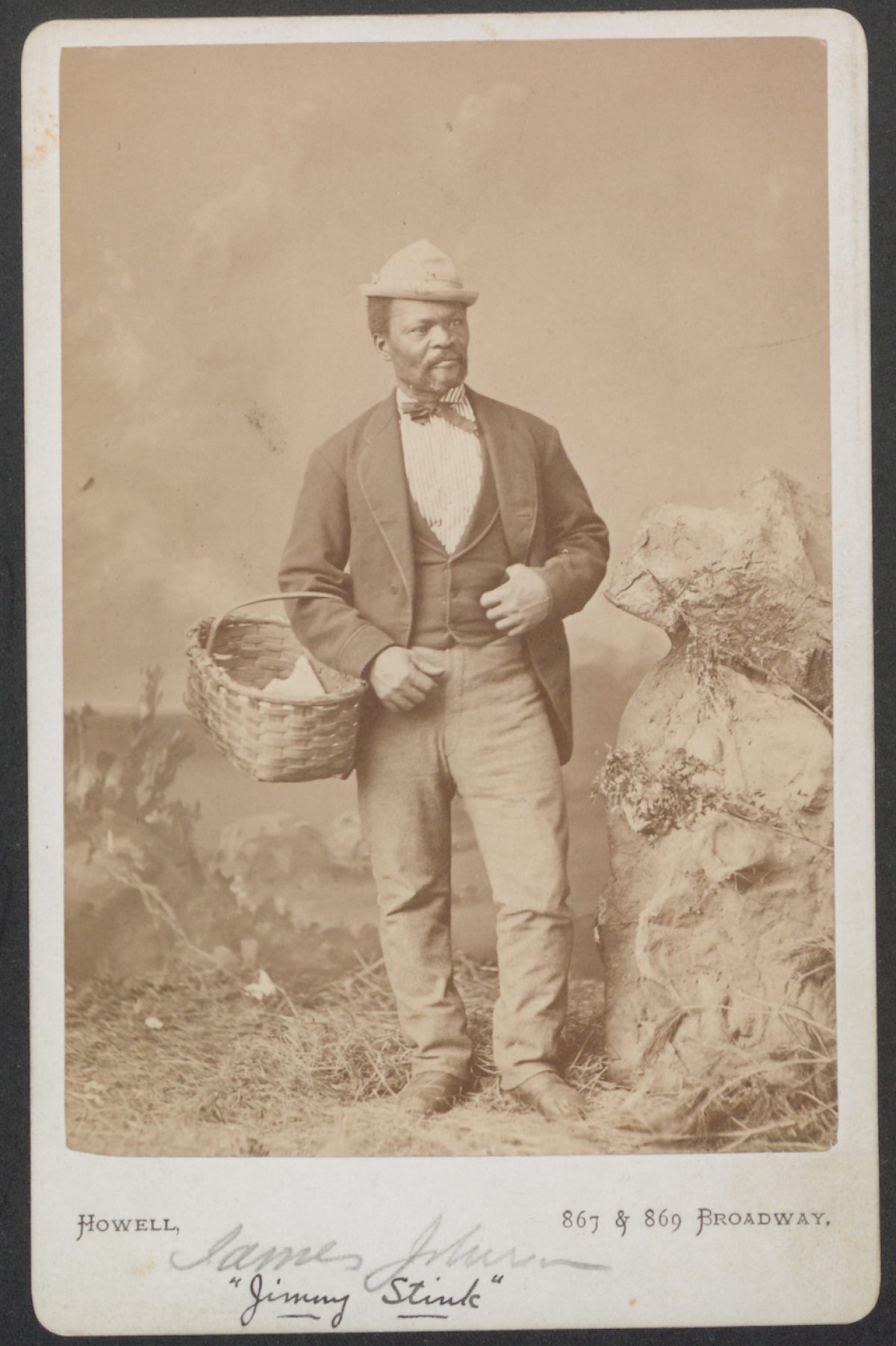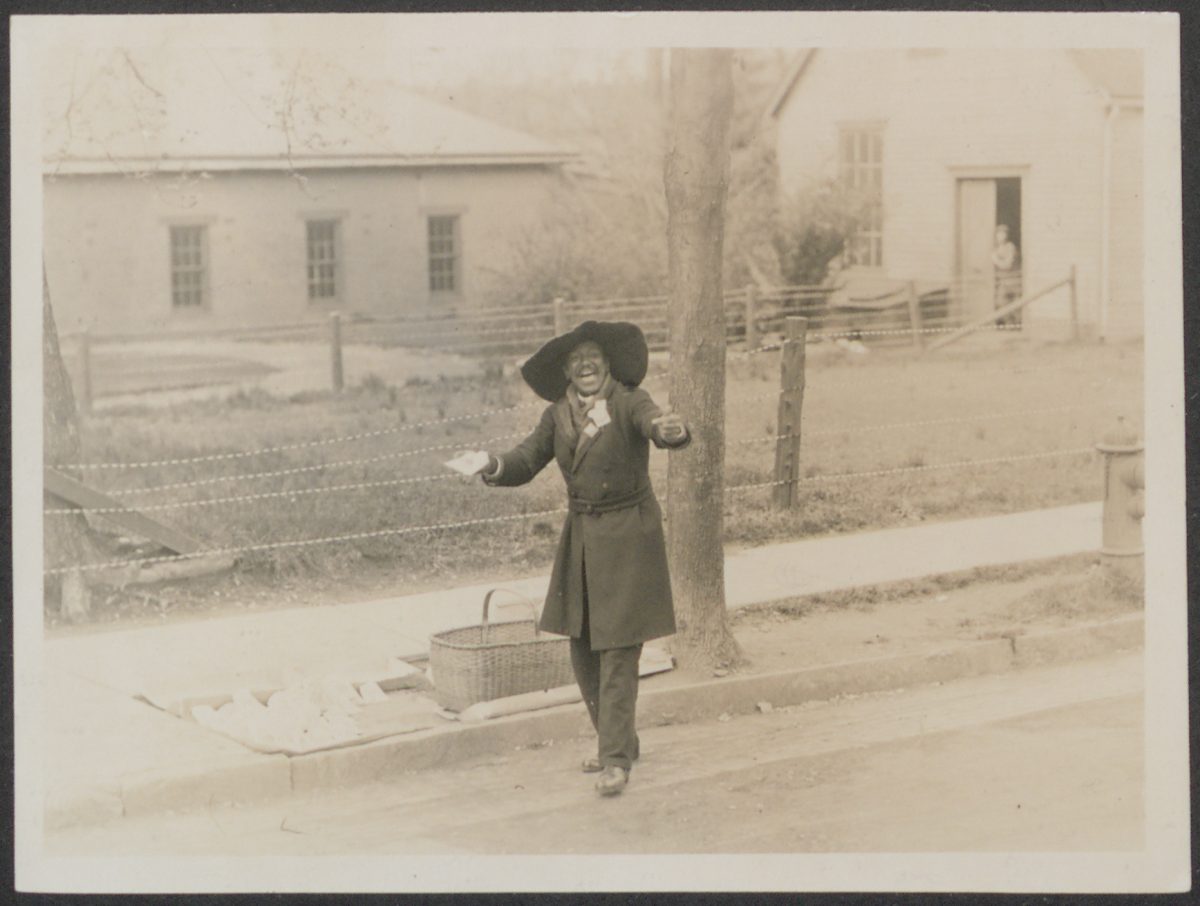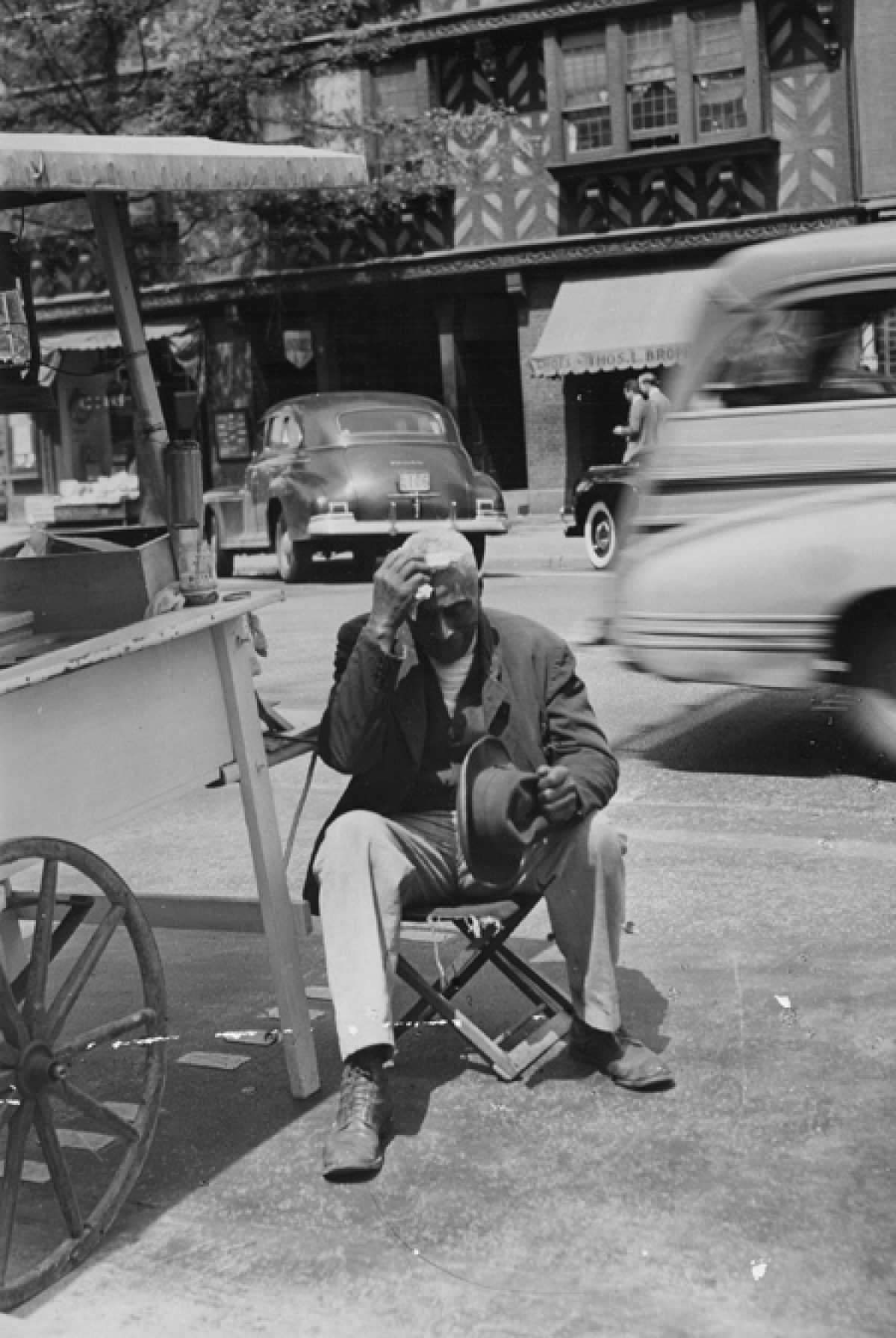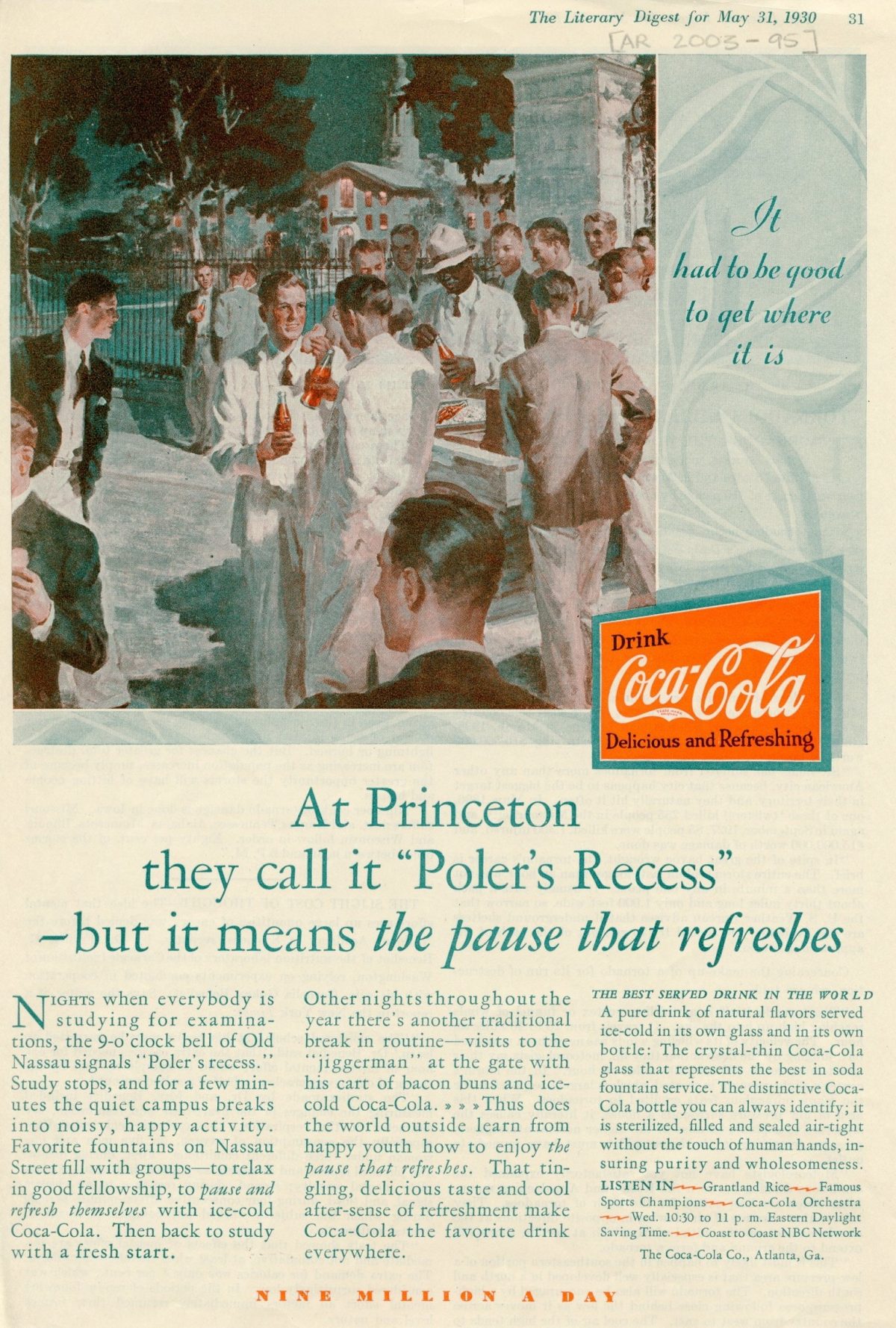[1]
See, for example, “Spader, the Peanut Man, Still Offers His Wares,” Daily Princetonian, 15 June 1929, 3.
⤴
[2]
“Moon on Lake Carnegie Lures Evening Skaters,” Daily Princetonian, 24 January 1940, 1.
⤴
[3]
“Call of ‘Jigger’ Is Synonym for Peanuts to Hungry Students along Nassau Street,” Daily Princetonian, 30 November 1942, 4.
⤴
[4]
“Services are Held Here for William Taylor, Princeton’s ‘Jigger Man’ for Half a Century,” Princeton Herald clipping, Box 241, Folder 19, Historical Subject Files, Princeton University Archives, Department of Rare Books and Special Collections, Princeton University Library.
⤴
[5]
John C. Carrington, “Unofficial Princetonians,” Princeton Alumni Weekly 32, No. 34 (3 June 1932): 780-781.
⤴
[6]
“Jigger Man Taylor,” Daily Princetonian, 9 May 1933, 2.
⤴
[7]
“Jigger Man, Asserting that He Will Go to Hoover’s Inauguration, Considers Business,” Daily Princetonian, 24 January 1929, 1.
⤴
[8]
“Jigger,” Nassau Sovereign (March 1948): 18.
⤴
[9]
“‘Jigger’ Still Reminisces, Sells Food,” Daily Princetonian 1 April 1964: 4.
⤴
[10]
See, for example, the ad found in Literary Digest, 31 May 1930, 31.
⤴
[11]
(March 1948): 18; “Jigger Man Misses Inauguration as Weather Dims His Enthusiasm,” Daily Princetonian, 6 March 1929; “Our Inquiring Reporter,” Daily Princetonian, 4 May 1925; and “Sanctum Talk,” Daily Princetonian, 3 December 1921, 2. For Johnson, see Andrew Clerk Imbrie, “James Johnson of Princeton: A Biography,” Nassau Literary Magazine 50, no. 9 (1 April 1895): 594-595; and Marion M. Miller, “Jimmy Johnson, D. C. L.,” Princeton Alumni Weekly 48, no. 26 (23 April 1948): 376. Quoting Johnson in dialect was compounded by a tendency to write his words in a stutter.
⤴
[12]
“Jigger,” Nassau Sovereign (March 1948): 18.
⤴
[13]
T. A. C. Crimmins, “Jimmy Stink of Princeton,” Nassau Literary Review 100, No. 1 (1 November 1941): 1.
⤴
[14]
“Topics of the Town,” Town Topics, 3 April 1949, 6.
⤴




